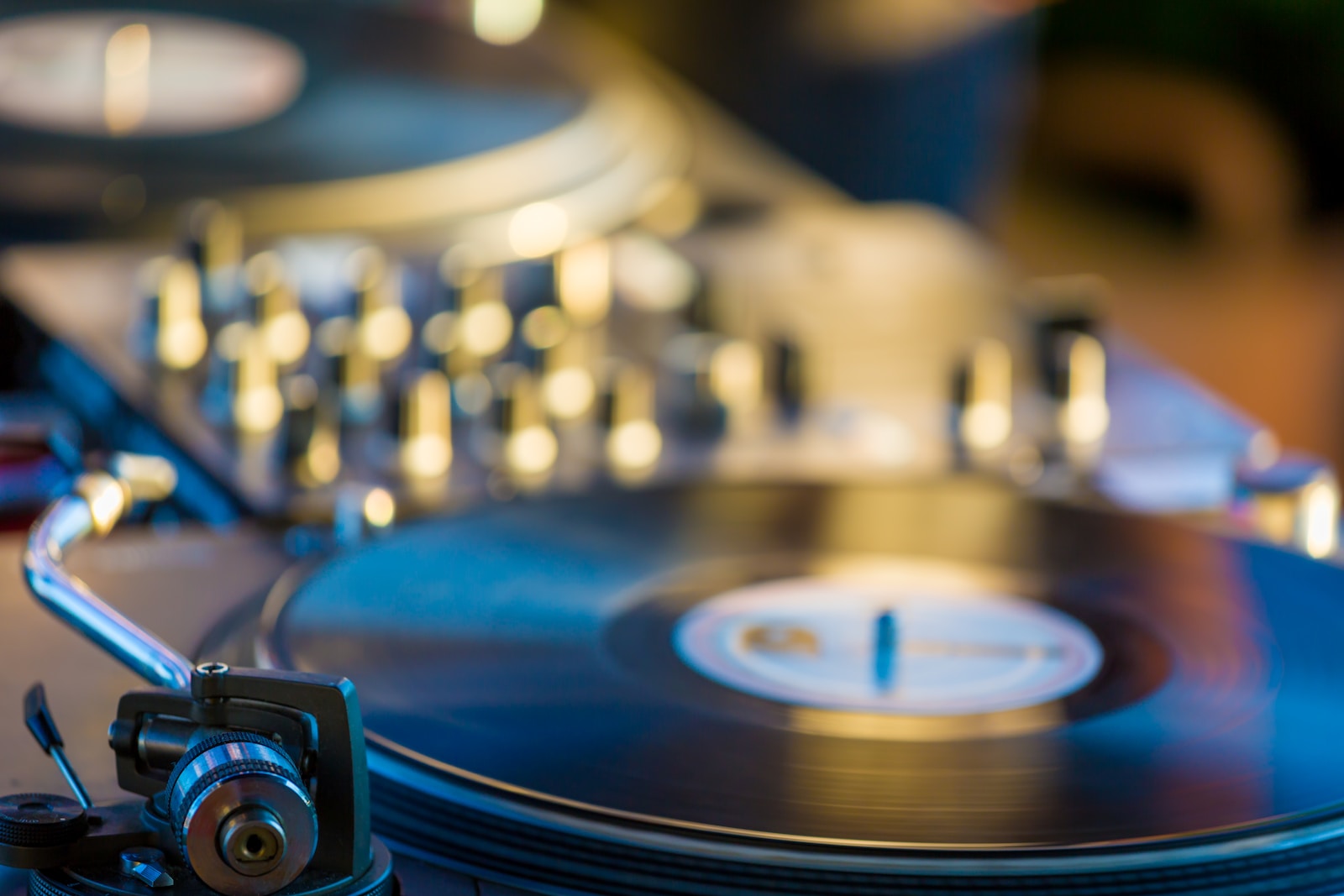
Analog Turntable vs. MIDI Turntable: Which One is Right for You?
Analog turntables and MIDI turntables are two popular choices for DJs, each offering unique features and experiences. Here’s a detailed comparison of their advantages and disadvantages to help you choose the right one for your needs.
Analog Turntable
Analog turntables are traditional devices that use mechanical components to play vinyl records. They consist of a motor, tonearm, stylus (needle), and cartridge that convert vibrations from the record into electrical signals, which are then processed by a mixer or amplifier.
Advantages of Analog Turntables:
- High-Quality Sound
Many audiophiles appreciate the “warm” and rich sound of analog turntables, which is often considered superior to digital formats. - Tactile Experience
DJs can physically manipulate vinyl records for scratching or other effects, providing a hands-on, authentic experience. - Longevity
Vinyl records can last for decades with proper care, making them a favorite among music collectors. - Nostalgia
Playing vinyl records evokes a sense of nostalgia and provides a unique aesthetic appeal.
Disadvantages of Analog Turntables:
- Maintenance
Analog turntables require regular upkeep, such as cleaning the stylus and replacing needles periodically. - Fragility
Both vinyl records and turntables are delicate and can be easily damaged if not handled carefully. - Limited Storage Capacity
Vinyl records take up significant physical space, and transporting a large collection to gigs can be impractical.
MIDI Turntable
MIDI turntables are digital devices designed to replicate the feel and functionality of analog turntables but play digital audio files such as MP3s or WAVs. They are often paired with DJ software, providing complete control over digital tracks.
Advantages of MIDI Turntables:
- Versatility
MIDI turntables support a wide range of digital file formats, allowing DJs to access thousands of tracks on one device. - Portability
Lighter and more compact than analog turntables, making them easy to transport for performances. - Durability
Digital files are not subject to physical wear and tear, unlike vinyl records. - Advanced Features
Equipped with capabilities like automatic beatmatching, looping, and real-time effects, enhancing the mixing experience.
Disadvantages of MIDI Turntables:
- Learning Curve
Using DJ software and MIDI turntables can be challenging, especially for beginners or DJs accustomed to analog setups. - Digital Sound Quality
Some DJs feel digital formats lack the warmth and depth of analog sound. - Reliance on Technology
MIDI turntables depend on computers and software, which can be prone to crashes or technical glitches.
Key Differences: Analog vs. MIDI Turntable
| Feature | Analog Turntable | MIDI Turntable |
|---|---|---|
| Media | Vinyl records | Digital files (MP3, WAV, etc.) |
| Sound Quality | Warm, rich, authentic | Precise, but may lack depth |
| Portability | Heavy, harder to transport | Lightweight, easy to move |
| Maintenance | Requires regular care | Minimal maintenance |
| Features | Limited to physical manipulation | Wide range of digital capabilities |
| Durability | Susceptible to physical damage | Durable with digital storage |
Conclusion
Choosing between an analog turntable and a MIDI turntable depends on your preferences and needs:
- Opt for an analog turntable if you value authentic sound quality, a tactile experience, and have a passion for vinyl records.
- Choose a MIDI turntable if portability, versatility with digital files, and advanced features are your priorities.
Both types have their place in the DJ world, and combining the two can even offer the best of both. Whatever you choose, ensure your equipment aligns with your style and creativity as a DJ!



